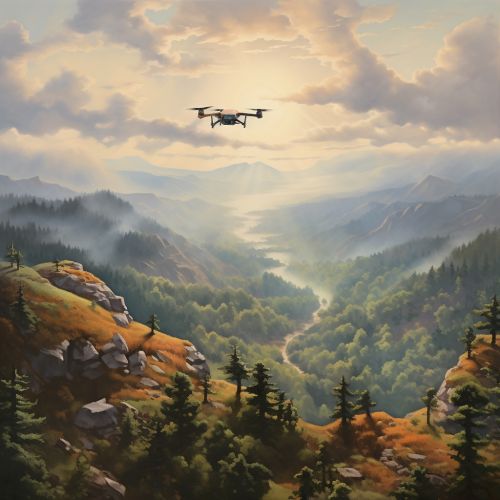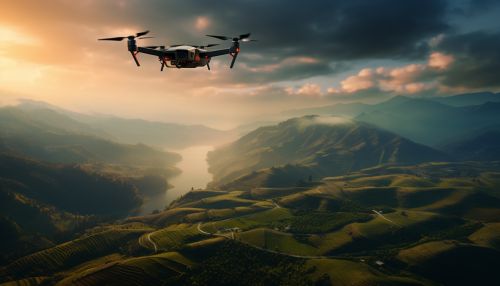Photography
History
Photography, as we know it today, evolved from the early processes of recording light onto a medium. Image capturing began around the 4th century B.C., when the ancient Greeks and Romans used a primitive device known as the camera obscura to project images onto a surface.
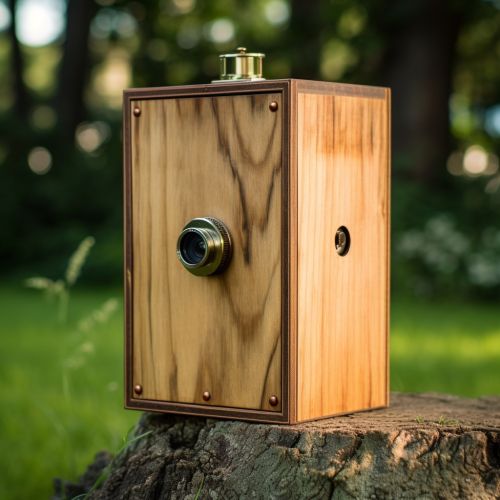

The invention of the camera did not lead to the development of photography immediately. It wasn't until the 19th century that an inventor named Louis Daguerre introduced the first practical photographic process, known as daguerreotype. This process involved the use of a silver-plated copper sheet, which was sensitized by iodine vapor, exposed to light, and developed by mercury vapor.
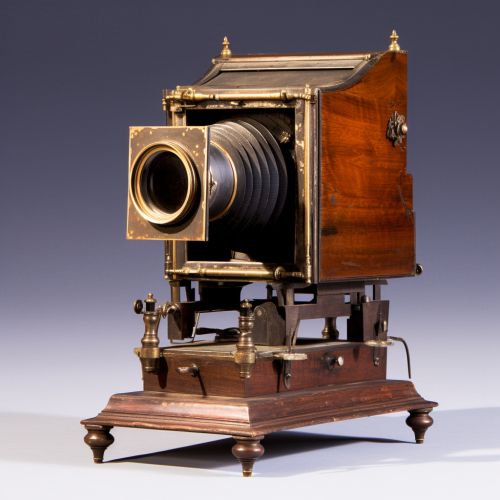
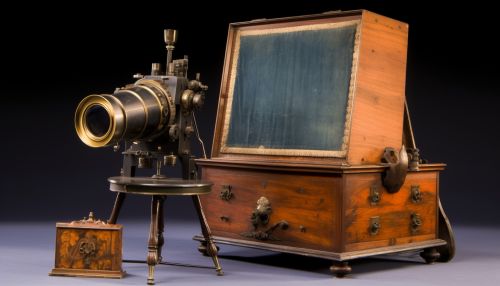
Techniques and Types
Photography techniques have evolved significantly since the invention of the daguerreotype. Today, photographers use a variety of methods to capture images, including digital photography, film photography, and mobile photography.
Digital photography, the most common form of photography today, involves capturing images using an electronic sensor. This sensor records the light information and converts it into a digital image file.
Film photography, on the other hand, involves capturing images on a light-sensitive film. This film is then developed in a darkroom to produce a negative, which can be used to create a final print.
Mobile photography involves capturing images using a smartphone or tablet. This form of photography has become increasingly popular due to the convenience and accessibility of mobile devices.
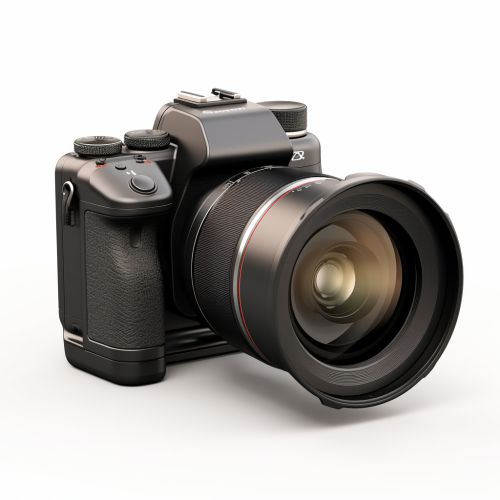
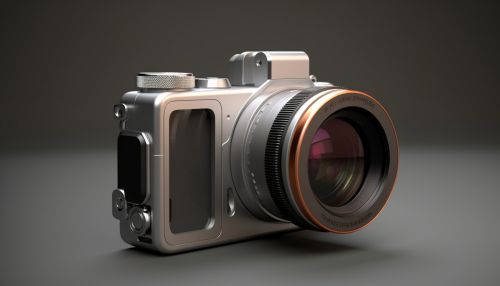
Composition and Design
In photography, composition refers to the arrangement of visual elements in a photograph. Photographers use various principles of design to create visually appealing and meaningful images. These principles include the rule of thirds, leading lines, framing, and symmetry.
The rule of thirds is a basic guideline in visual arts, especially photography. It suggests that an image can be divided into nine equal parts by two equally spaced horizontal lines and two equally spaced vertical lines. The theory is that if you place points of interest along these lines, or at the intersections, your photo will be more balanced and will enable a more natural interaction with the image for the viewer.
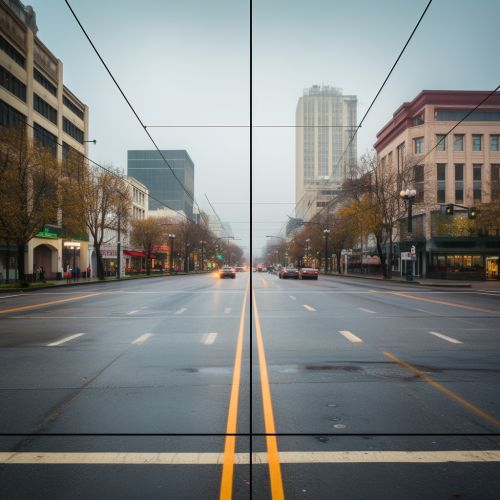
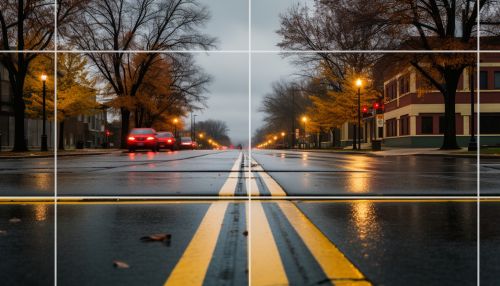
Impact and Influence
Photography has had a profound impact on society. It has changed the way we see the world, and it has influenced a variety of fields, including art, journalism, science, and history.
In the field of art, photography has been used as a medium for creative expression. Many artists have used photography to explore themes and ideas, and to challenge traditional notions of art.
In journalism, photography has played a crucial role in documenting events and telling stories. Photojournalism, a branch of journalism that uses images to tell a news story, has been instrumental in bringing attention to important issues and events around the world.
In science, photography has been used as a tool for observation and documentation. Scientists use photography to record phenomena that are too small, too large, or too complex to see with the naked eye.
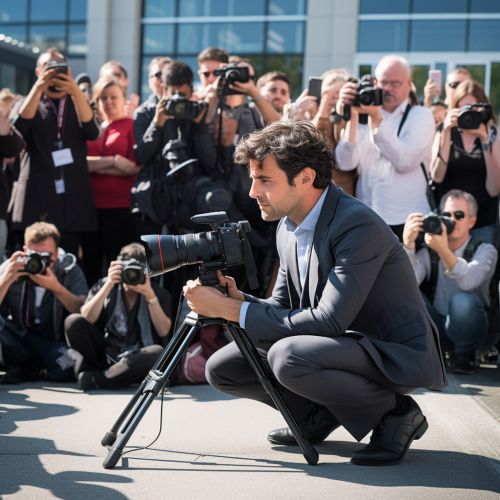

Future of Photography
The future of photography looks promising with the advancement of technology. Innovations such as drone photography, virtual reality (VR) photography, and artificial intelligence (AI) in photography are changing the way we capture and perceive images.
Drone photography allows for capturing images from unique perspectives and heights that were previously difficult or impossible to reach. VR photography creates immersive experiences by capturing 360-degree images that can be explored interactively.
AI in photography is being used to enhance image quality, automate editing processes, and even compose shots. With these advancements, the possibilities for what can be achieved with photography are expanding.
